Quasi structured adapted meshes for high-order Discontinuous Galerkin methods
Please login to view abstract download link
Metric field-based mesh adaptation has proven robust for generating anisotropic simplex meshes in a fully automated manner. However, in regions of high anisotropy, metric-based adapted meshes result in highly skewed triangles, affecting solver convergence and stability. Thus, the present study focuses on generating quasi-structured adapted meshes (mesh composed of right triangles) having aligned edges with the flow features. A mesh generation framework has been developed based on the metric-orthogonal approach that combines the existing advancing-front local-reconnection (AFLR) method with metric-based mesh generation. The metric-orthogonal approach considers the information of the local eigenvectors of the underlying metric field, resulting in a quasi-structured mesh. To further improve the mesh quality in regions of high anisotropy (boundary layer and shocks), a suitable recombination criterion combines triangles to give high-quality quads perfectly aligned with flow features. The mesh generation framework is coupled with the in-house high-order Hybridized Discontinuous Galerkin (HDG) solver, which gives the metric field based on minimizing the high-order interpolation error in Lq-norm. A scalar advection-diffusion test case with a sharp boundary layer is tested to generate quasi-structured adapted meshes for high-order methods. Well-aligned triangular meshes are obtained within the boundary layer, which, when combined, gives perfectly aligned quads. An optimal convergence rate of p+1 is obtained for p = 2, 3, and 4, signifying that the proposed framework works well for high-order methods.

